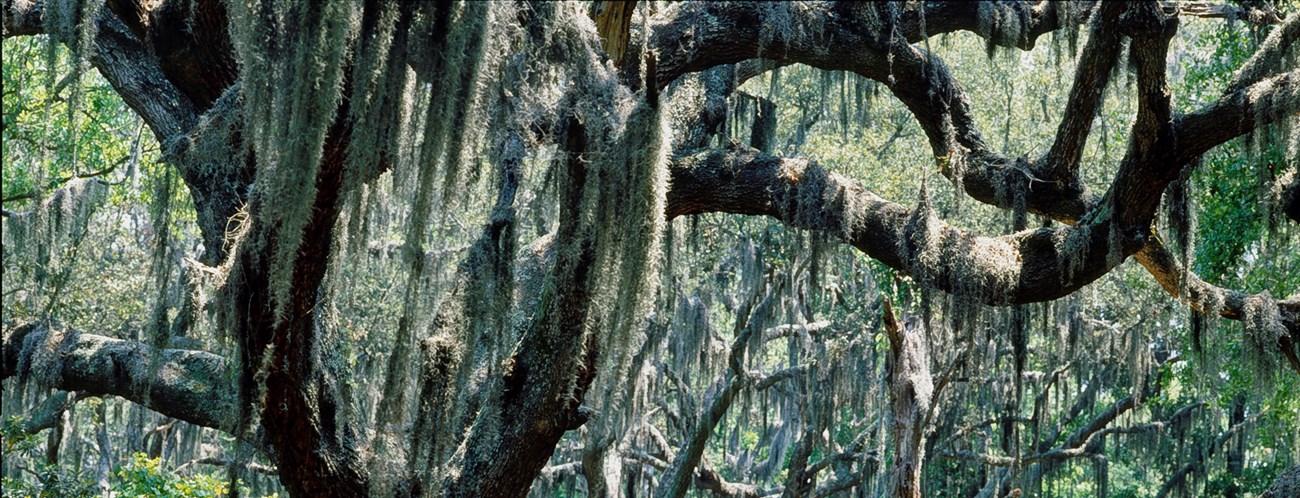
The live oak tree (Quercus virginiana) is symbol of beauty and endurance along the northern Gulf of Mexico’s coast. The wood of the live oak trees is very dense, strong, and among the heaviest of American woods. Live oak lumber has a particular grain (texture) which creates enormous strength for supporting weight and pressure. This strength made the wood ideal for the interior hulls of ships, especially warships. Live oak lumber was used to form the main curved structural supports of ship hulls and decking such as “L” shaped “knee braces.” These knee braces were also used to support the decks in many tall wooden ships. “The live oak is a supply “of the best quality,” because it is superior in strength, resistance, and hardness, to the celebrated British oak which forms “the wooden walls” (Royal Navy) of England.” The American Civil War marked the fast approaching end of U.S. wooden warships. Steam was replacing sails, and metal replacing wood. This precipitated the end of many federal Live Oak Reservations. These reservations were often returned to the public for parks or opened for agriculture and settlement. In 1906, the Biloxi Naval Live Oak Reservation in Mississippi was given to the City of Biloxi as a recreational park. The land today makes up part of Keesler Air Force Base, the Biloxi National Cemetery and Veteran’s Administration Hospital Complex. Naval Live Oaks in Gulf Breeze, Florida serves as an icon of the United States’ historic naval shipbuilding tradition. BibliographySnell, C. W. (1983). Special History Study, A History of the Naval Live Oaks Reservation Program, 1794-1880: A Forgotten Chapter in the History of American Conservation. Denver: Gulf Islands National Seashore, National Park Service. Visit the Naval Live Oaks Area
|
Last updated: April 13, 2018


